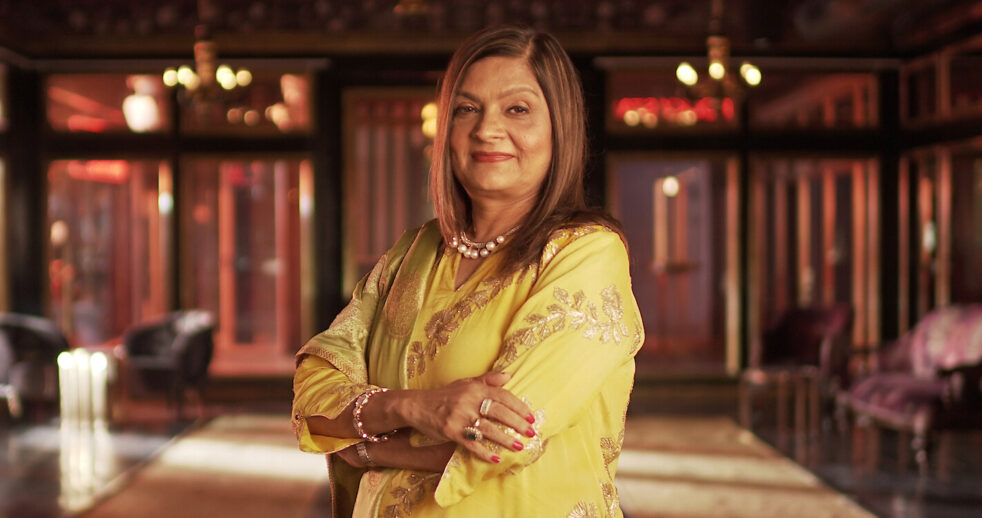Our Take: 2/5 Stars
“You have to adjust a little,” says Sima Taparia, also known as the matchmaker Sima Aunty on Netflix’s “Indian Matchmaking.” “Then life becomes beautiful and smooth.”
For countless Indians, this is their reality — their expectation. In India, the rate of arranged marriages is 84%, with 53% of respondents disapproving of dating before marriage, according to The Washington Post. How “Indian Matchmaking” subverts the traditional dynamic of arranged marriage is by reframing the lens of arranged marriage between Indians within a Western setting and involving dating. Thus the show’s purpose is twofold as it empowers its Indian audience to see arranged marriages represented and explored rather intimately on an international stage, while simultaneously exposing Western consumers of the Netflix show to the concept of arranged marriage, decreasing its alienation.
However not every aspect of the show’s events or its cast casts a positive light on the arranged marriages on-screen. In addition to the return of familiar faces from Season 1, Season 2 also features a new set of matchmaking candidates in the search for their forever partners. While the purpose of Sima Aunty, the matchmaker, is to highlight the characters’ positive qualities — thereby encouraging the matches and the viewers to support and relate to her clients — the very personal and documentative nature of the show inevitably reveals each client’s flaws.
For example, Nadia, a returning client from Season 1, brutally rejected one of her best matches, Shekar, for another man whom she had just met, only for her to get dumped a week later. Immediately, Twitter users took to the internet, calling Nadia this season’s “villain.” The drama became even messier as Aparna, another returning cast member from Season 1, ranted on TikTok, stating that “I literally wrote a whole book called ‘She’s Unlikeable: And Other Lies that Bring Women Down.’ These are the lies that bring women down.” In a turn of events, she goes on to imply that the only “villain” present in the show is Sima Aunty and the arranged marriages themselves. The conflict between the castmates and audience has produced remarkable discussion about the way that Sima Aunty promotes a sense of objectification of her clients through her bio-profile system, reducing real, complex clients to a series of vague and unremarkable measurements and adjectives. It is no surprise that when the clients finally meet, they must come to terms with each other’s complexities, and ultimately, the relationship fails. After all, according to the LA Times, none of the couples from Season 1 were together by the time the second season was released.
Additionally, “Indian Matchmaking” is further criticized because of its regressive upholding of colorism and the caste system. Clients often express their concerns about fairness of skin and the preferred caste of their match, and neither Sima Aunty nor the clients seem to see a problem with these preferences.
While the show attempts to build a much more progressive and modern portrait of arranged marriage, the problematic nature of arranged marriage profiling methods rears its ugly head.
